

The sun is a renewable resource. In fact, it’s one of Earth’s most valued resources, and luckily for us, it won’t be going away anytime soon. Yet, we don’t take full advantage of all it has to offer. We warm and tan ourselves in the sun, and we use the sun’s life-giving rays to grow crops, herbs, and flowers. But we could do so much more. This article focuses on the many advantages of solar power and how we can use it to power our lives.
Along with the pros and cons of setting up your own home solar power system, I also provide a list of the most reputable solar power companies in the United States. Please do not take this resource as an endorsement of any one company over another. I am not an affiliate for any of these companies; I am simply providing information to help you in your research.
Please note, this post contains affiliate links. If you click through and make a purchase, I receive a small commission. This doesn’t cost you anything, but it makes me happy…so happy that I might even go out and hug a tree! Thanks for your support! Read my Disclaimer for additional information.


Living in the Past
When I was in high school, you weren’t cool unless you had a solar calculator for math class. Well, that’s not entirely accurate. You weren’t cool with the other “nerds” if you didn’t have a solar calculator. The real cool kids could have cared less about a mobile solar power device.
Today, it’s a different story. Solar power is in with all the kids, even the cool ones. To be honest, it’s probably more “in” with their parents. Devices such as air conditioners, chargers, fans, street lights, and yes, calculators, are powered by the sun.
Although the advantages of solar power are many, the United States still finds itself living in the past in this regard, especially when compared to other countries. For instance, the United Kingdom recently set a record for running the country coal-free for 16 days straight. The UK utilizes gas, nuclear, wind, hydro, biomass, and solar power to keep the lights on. They’ve even been able to power one quarter of the country for a full day using only solar energy.
While the UK is making great strides towards achieving the goals established by the Paris Agreement, China has taken the lead in solar energy capacity. In fact, if China were generating all of its solar electricity at once, it could power the United Kingdom multiple times over. What is China’s secret weapon? Solar farms!

The largest solar farm in the world is located in China’s Tengger Desert. Although this concept is commendable, there’s one problem. Most of the solar farms in China were constructed in the western part of the country, whereas roughly 94% of the population lives in the eastern part. Transferring solar power from the west to the east is proving difficult and costly.
Still, more than 60% of all solar panel production occurs in China. If panel prices continue to drop, it won’t be long before this problem will cease to exist.
The Paris Agreement is a move in the right direction for positive climate change. The efforts made around the world to combat the increasing rise in global temperature are impressive (and in some cases, groundbreaking). They are also proof that we can do something if we put our minds together and think about the future of the planet instead of our pocketbooks.
As of June, 2019, 185 countries have ratified the Paris Agreement and are making strides to reduce their carbon footprint. The world is pitching in…so, how does the U.S. stack up when it comes to solar power?
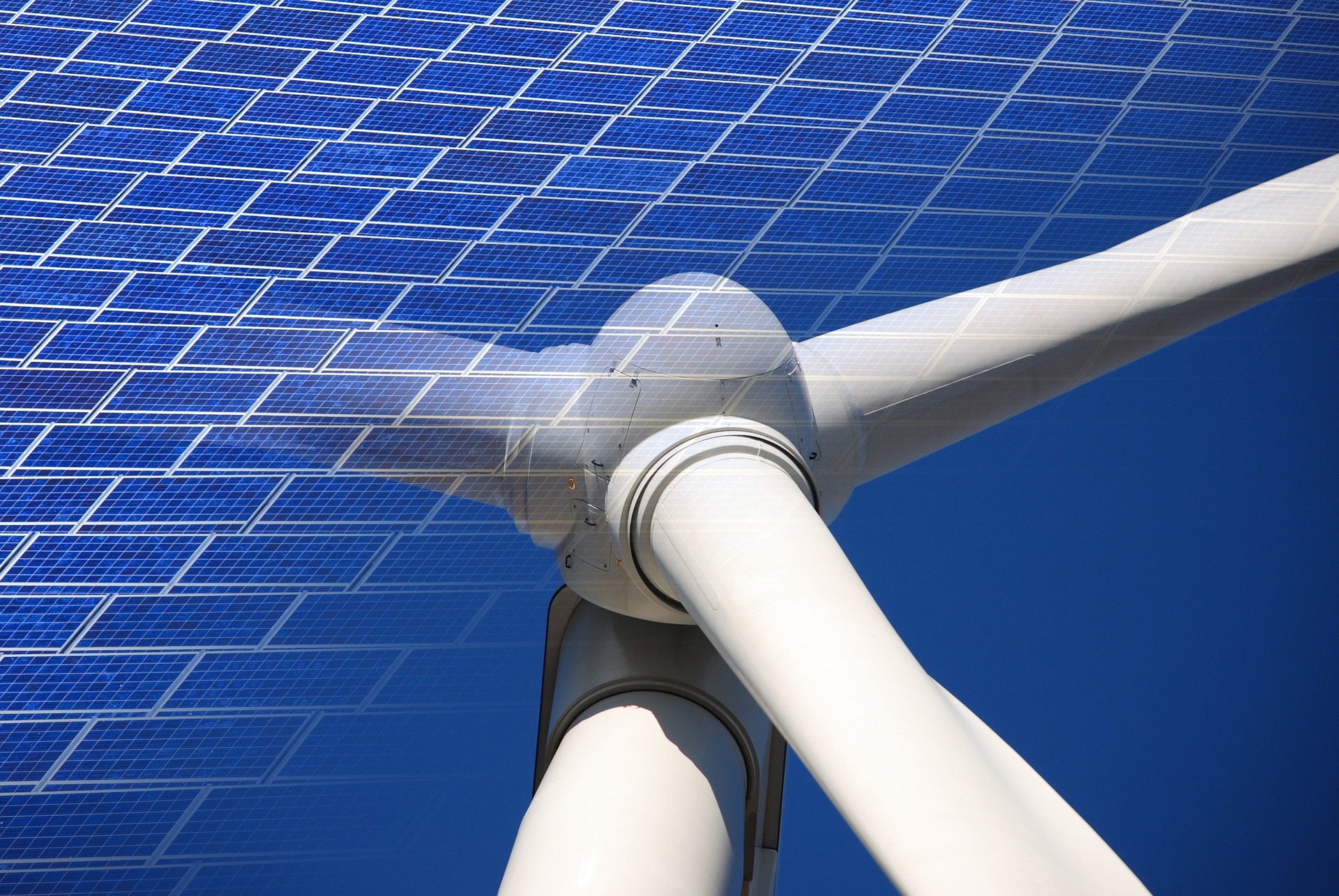
Solar Energy Use in the United States
In 2018, the U.S. used a variety of renewable energy sources to produce roughly 17% of our electricity. These included hydropower plants (7% of total electricity), wind turbines (7% of total electricity), burning biomass in steam-electric power plants (less than 2% of total electricity), solar panels (less than 2% of total electricity), and geothermal power plants (less than 1% of total electricity).
If these numbers sound a bit low to you, that’s because they are, especially when compared to the efforts of other countries. The U.S. Department of Energy reports the average cost of solar panels has dropped by more than 60% since 2010. If you want to install a solar electric system in your home, you’ll pay roughly 50% less today than you would have in 2010.
Solar power installation is becoming more common and economically-feasible for homeowners across the U.S., particularly those in California, Hawaii, Texas, and Minnesota. However, despite the fact that the first solar panel was installed in the U.S. in 1973 (that’s over 45 years ago for those of you who don’t have a solar calculator), we just recently hit the one million panel mark.
It was 74 days, in case you’re curious.
In other words, we’re on the right road. We’re just driving too slow. The United States ranks second in the world for energy consumption behind China. Even with one million panels installed across the country, solar energy output only contributes a little over 1% of the total energy needed to keep the country running.
Solar energy is clearly a clean and plentiful resource for the United States. Its use supports national initiatives, including economic growth (new jobs), national security, and climate change. If we placed solar panels on just 0.6% of our country’s total land area, we could supply enough electricity to power all of the U.S. We wouldn’t even need to use actual land. Enough panels could be installed on rooftops to do the job.
What's Standing in Our Way?
When asked why the transition to sustainable energy sources is taking so long around the world, Kristine van het Erve Grunnet, Danish Energy’s Head of Renewable Energy said,
“We’re facing a future where protests and lengthy casework are the largest barriers in the transition to a more sustainable energy system, not cost or effectiveness. We need to respond to this.”
- Kristine van het Erve Grunnet - Danish Energy
In Denmark, roughly 87% of the Danish people are in support of green energy. However, many don’t want wind or solar power equipment installed near their homes. As a result, multiple planned (and budgeted) projects have been cancelled.
For a country that obtained 41% of its electricity in 2018 from wind energy, that’s a major contradiction. But Denmark isn’t the only country with this problem.
Political, policy, finance, and technological challenges face nearly every country that signed the Paris Agreement. Regulatory agencies shift policies every few years when a new administration comes into play. Some U.S. states are even facing intentional blocks on the sale of solar panels in order for the utility companies to maintain their profit line.
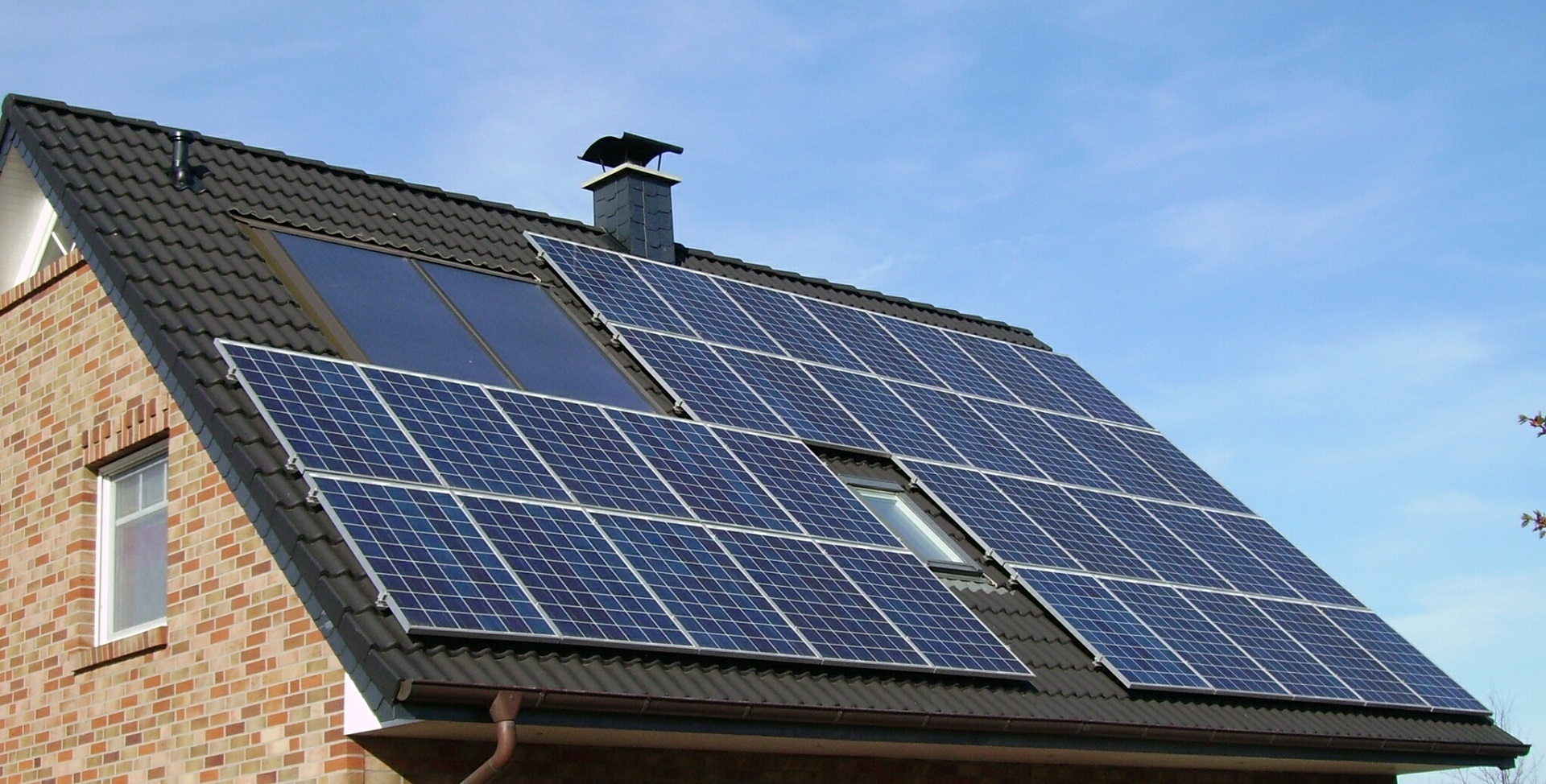

With market barriers, political posturing, grid integration challenges, and profit loss hindering progress, it’s no wonder this train is moving so slowly. That’s not even taking into account the additional cost of permitting, along with financing challenges and acquisition of the equipment. Those expenses combined constitute as much as 55% of the total cost of a home solar power system.
From the customer’s perspective, it may not look like the world is on the sustainable energy bandwagon. An American family hoping to help reduce mankind’s carbon footprint has to weed through red tape and multiple other obstacles just to install a few solar panels on their roof.
The goal of the Paris Agreement is to keep global warming to no more than 2 degrees Celsius. In order for us to achieve that goal, scientists estimate we’ll have to reduce emissions by as much as 70% by 2050, meaning we would need to increase our solar capacity 100-fold.
So, how do we move past these challenges and obstacles? With education…
The Stabilization Wedges Game
Princeton University, together with BP, founded the Carbon Mitigation Institute in 2000 to combat global climate change. One of their most successful education initiatives is the Stabilization Wedges Game, which is played by students across the globe. It’s not your normal game; this one makes you think.
Solar power is one of a handful of carbon stabilization “wedges” we can utilize to reduce emissions and decrease the negative effects of climate change on a global scale. Other wedges include energy efficiency, wind power, carbon capture and storage, biofuels, nuclear power, coal-to-gas power switching, and reducing deforestation. To achieve our climate goals, all of these wedges need to be in play.
Making major changes to infrastructure like this always takes a while. It cannot happen overnight, but it can happen over time. Some countries are moving quickly while others lag behind. Regardless of how fast we move towards this goal, no one should doubt the benefits of solar power over coal. Here’s why..
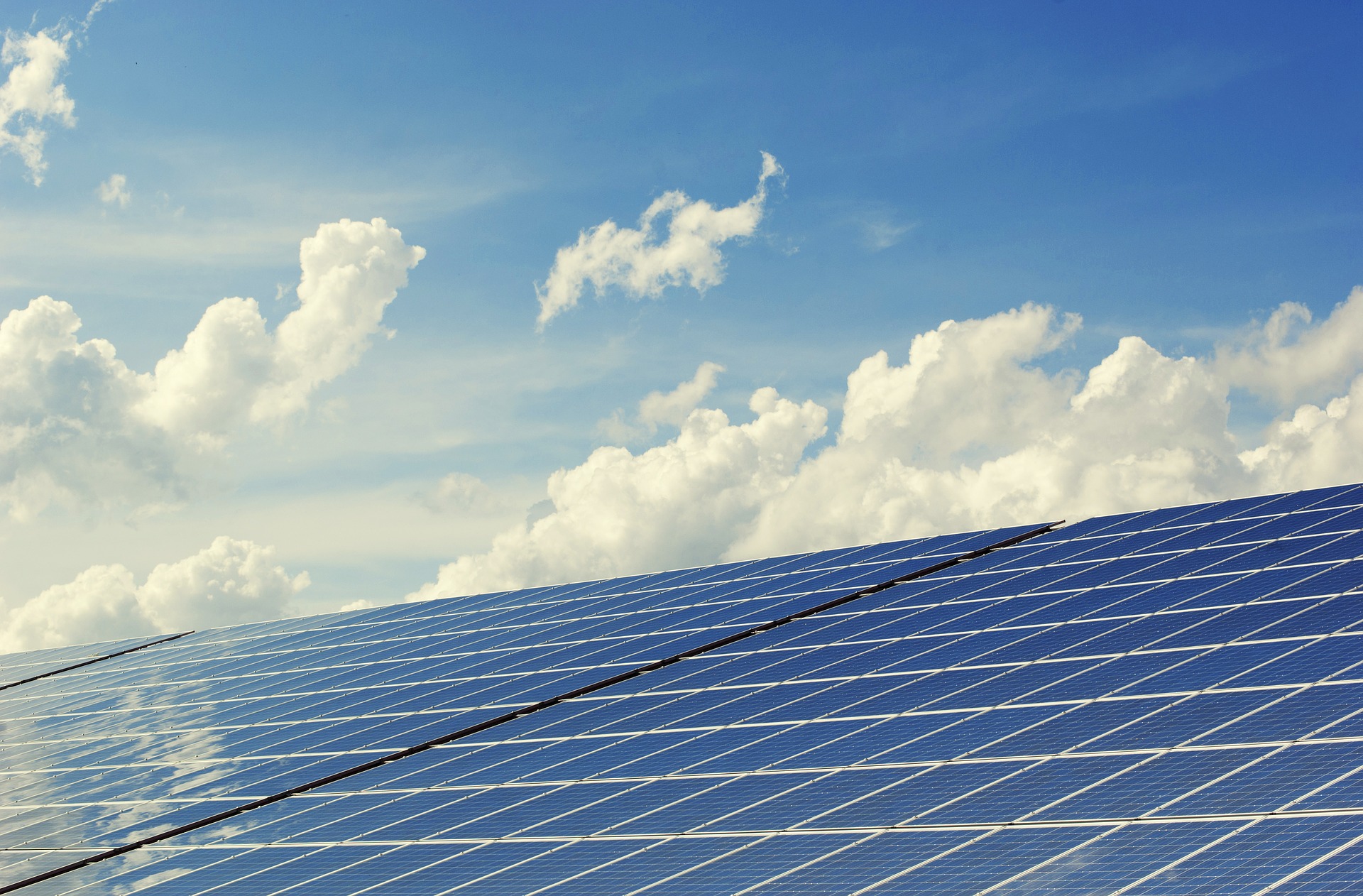
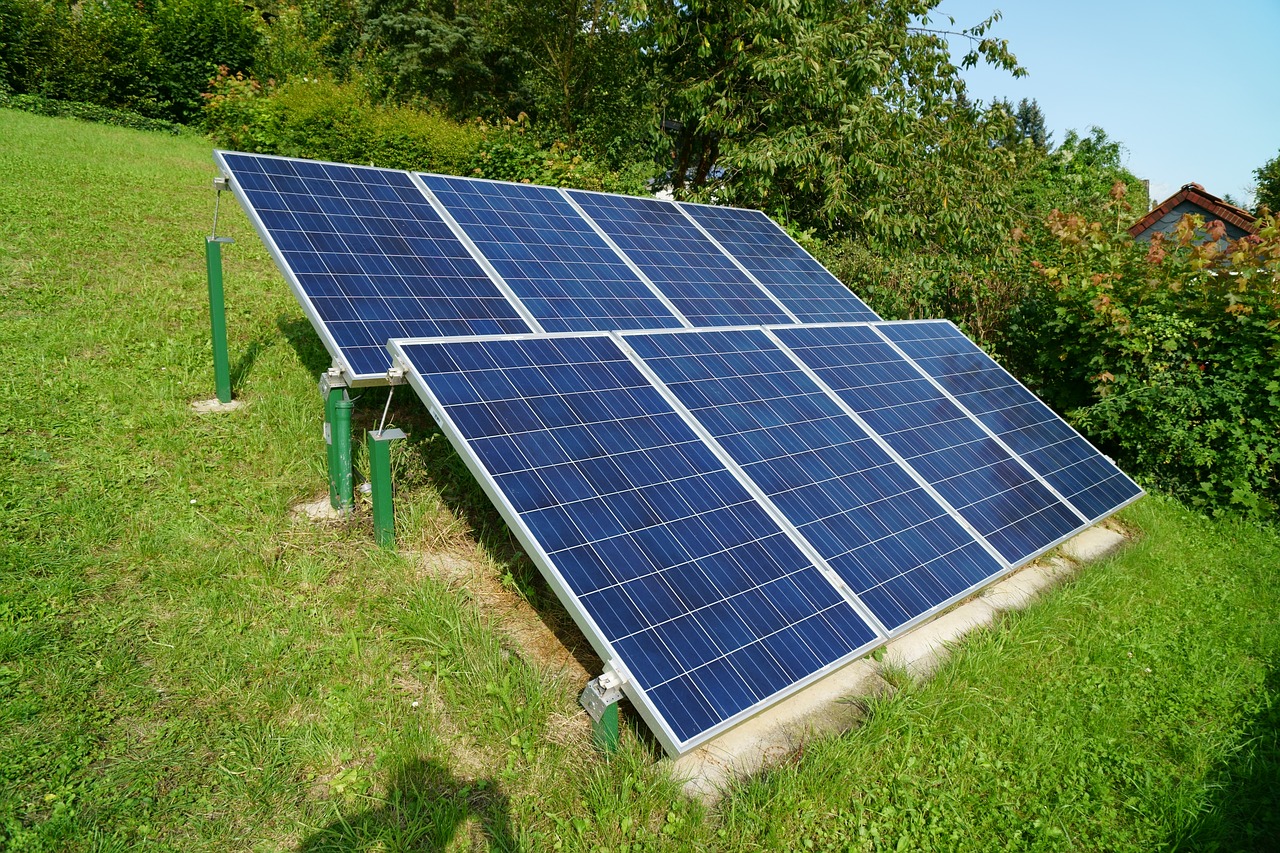
Benefits of Home Solar Power
The advantages of solar power are huge. Before we address the pros and cons of a home system, we need to understand how solar energy is produced. Most of the solar panels you see on roofs are photovoltaic (PV). Cells within the panels are bombarded with photons from the sun. The photons bounce around, knocking loose electrons, which generates a current. To put it simply, PV panels convert sunlight directly into electricity.
Another option is solar thermal energy, also called concentrating solar power (CSP), which is a process that uses large mirrors placed over a sizable land mass to concentrate light on a single pool of water. The more light that is directed onto the pool, the more heat builds up, eventually resulting in the release of steam that drives a turbine to generate electricity. Several southwestern U.S. states have the potential and the land mass to produce enough CSP to provide electricity for the entire country four times over.
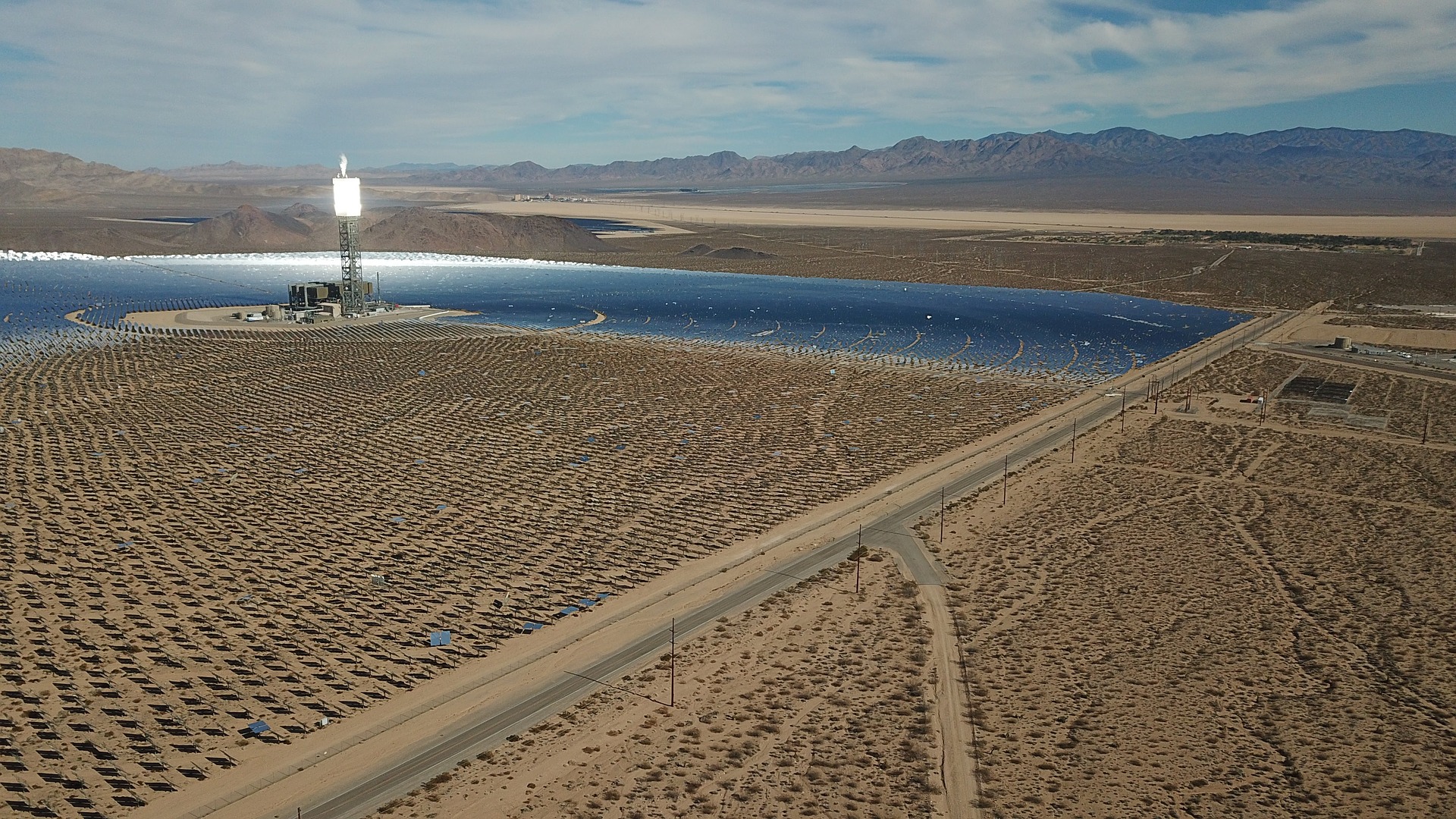
Cons of a Home Solar Power System
Every decision we make in life has pros and cons associated with it. Solar power installation is no different. In this instance, the pros outweigh the cons, but I wouldn’t be delivering all the facts if I left out the cons.
Obviously, those that live in parts of the country that don’t see as much sunlight as others will be at a disadvantage. Rainy or overcast days will mean less power output and more reliance on your local utility company for electricity. Most panels constructed today are tough enough to handle adverse weather conditions, but there’s always a risk of damage.
Pros of Using Solar Power at Home
Like I said before, there are definitely more pros when it comes to solar power vs. coal power. The most obvious advantage is that solar energy is eco-friendly energy that doesn’t increase our carbon footprint. Solar powered homes don’t produce any kind of air pollution, such as carbon monoxide, which can be harmful to your family’s health. Other pros include:
In the U.S., the federal solar tax credit, more commonly known as the investment tax credit (ITC), provides a substantial savings for anyone purchasing a home solar power system. Through the end of 2019, you can deduct up to 30% of the cost of your system. In 2020, the savings drop down to 26%; in 2021, you’ll be able to deduct 22%. If you purchase a residential system after January of 2022, you won’t see any tax savings (only commercial systems are eligible). However, if the government renews the tax, residents may see tax credits pop up again.

Solar Power Companies
Now that you know why solar energy is such a big deal, here are a few of the most reputable solar power companies in the U.S., in no particular order:
All of these companies rank high with the Better Business Bureau (BBB) and customers. Sungevity and SunPower popped up most in the reviews I skimmed through. Both companies have an A+ with the BBB. Sungevity is a pioneer in the U.S. solar industry when it comes to solar leasing.
Sunrun and Vivint service 20+ states across the U.S., which is a plus if you don’t live in California (where most of these companies are based). Interestingly, SolarCity is a subsidiary of Tesla, the manufacturer of the popular solar roof, which generates electricity but looks like and costs about as much as a normal, high-end roof.
The Future of Solar Power
It seems as though solar power is here to stay, but to what end? Coupled with other sustainable energy sources, the use of solar energy will help us make great strides towards meeting the Paris Agreement’s goals and reducing our reliance on coal. However, without improved technology and reduced cost, solar power may fizzle out.
Researchers at the University of Toledo are working to prevent that from happening. A recent research paper, published in the journal Science, describes a new, more efficient solar cell designed by the photovoltaics team in collaboration with the University of Colorado and the U.S. Department of Energy’s National Renewable Energy Lab.
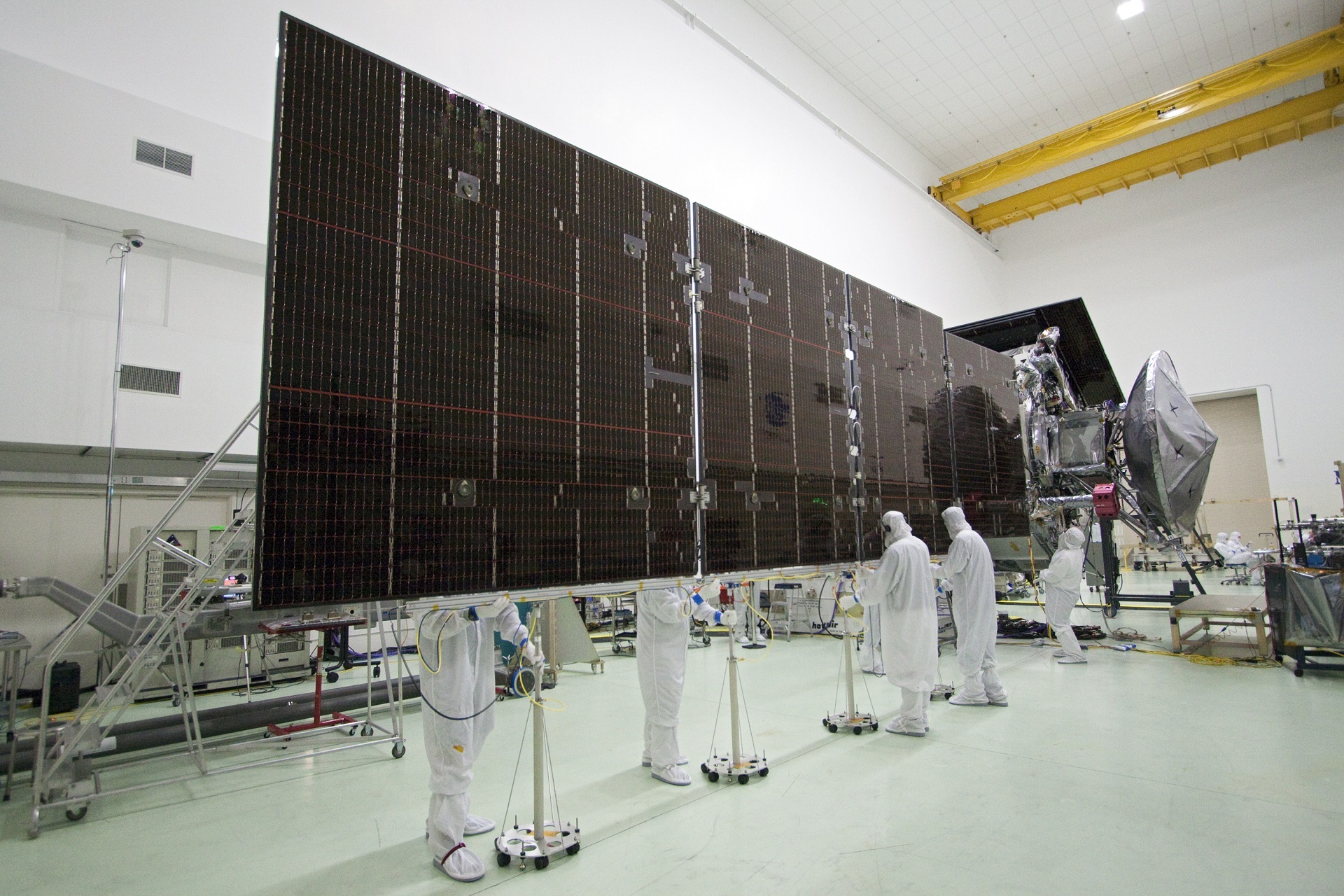
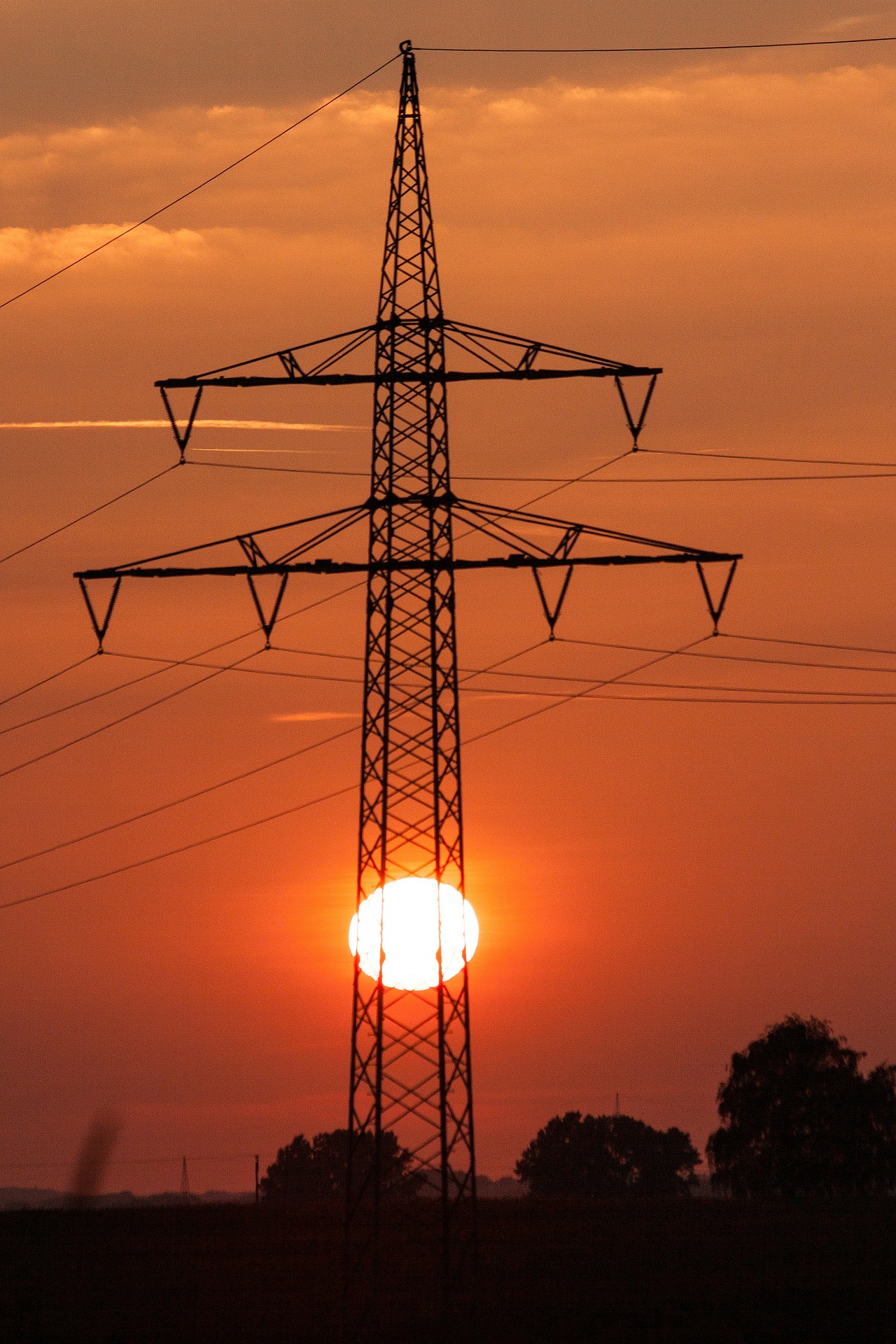
This innovative design uses a mix of lead and tin to increase efficiency from the average of 18% (most systems operate between 15% and 20%) to a solid 23% efficiency rating. Dr. Yanfa Yan, University of Toledo professor of physics, hopes the new material, called a tandem perovskite solar cell, will be available to customers soon.
“We are producing higher-efficiency, lower-cost solar cells that show great promise to help solve the world energy crisis.”
- Dr. Yanfa Yan - University of Toledo
Most solar panels have an estimated lifespan of 25-30 years. Some of the earliest residential installations are nearing this age, and scientists fear the recycling industry may not be prepared to deal with the influx of panels. This new technology has no determined lifespan at this point, simply because it’s too new to test for longevity.
However, scientists do know that the cost of materials and fabrication are low, which is a significant improvement over panels on the market today. With continued research, Yan and his colleagues hope to find a way to ensure their new solar cells can be recycled when it’s time to replace them, thus making this product truly sustainable in the long term.
In Conclusion
The advantages of solar power are just too impressive to dismiss the idea simply because of that annoying little con: upfront expense. If you’re thinking about taking advantage of the sun’s power to reduce your carbon footprint and your reliance on the utility companies, good for you! I say, go for it. Solar energy is the future, and if we continue to expand our technology and reduce costs, the future looks bright.
Related Articles
If you enjoyed this article, you may wish to read these as well!

Climate Change Facts
Climate change (and global warming) is not a myth. There, I said it. If you clicked through to this post because you thought I might tell you that it is, sorry to disappoint. Climate change is a natural phenomenon based on sound, scientific principles that has been studied in depth by mankind for over a century...

Nature at Night
Years ago when I was a park naturalist, one of my favorite programs to lead was a guided night hike. I would take families out on a short trail that wound its way around a small lake fed by a natural spring. The trail was lined with trees, and the spring pool left the air feeling refreshingly cool, especially on a hot summer night in the Midwest. It was the perfect setting to perform some fun science experiments for kids – at night...

Food Chains for Kids
As a naturalist, I was always surprised when I came across a child who didn’t know where the food on their dinner table came from. I shouldn’t have been, really, because we tend to shelter young children from certain unsavory topics (such as the butchering process). As a result, developing simple food chains for kids and helping them understand how everything is interconnected in nature was a frequent subject of my school programs...


